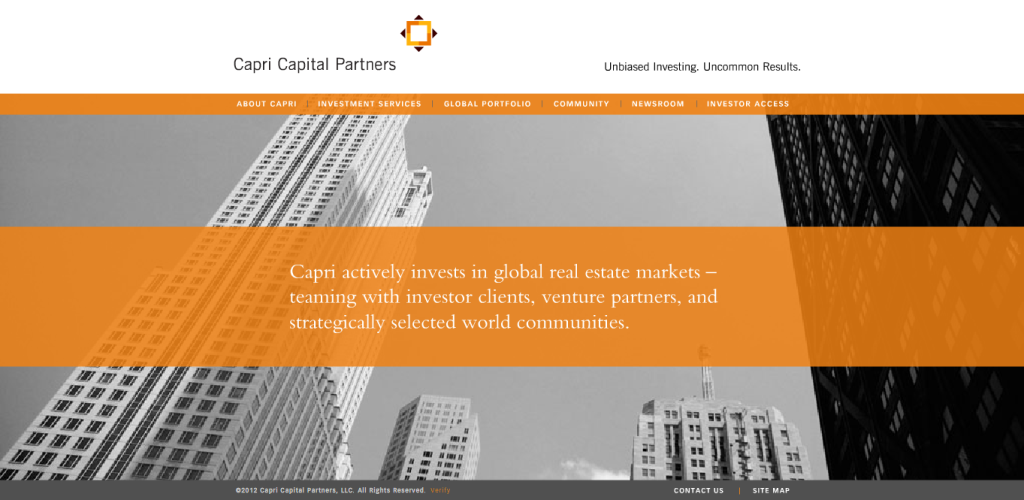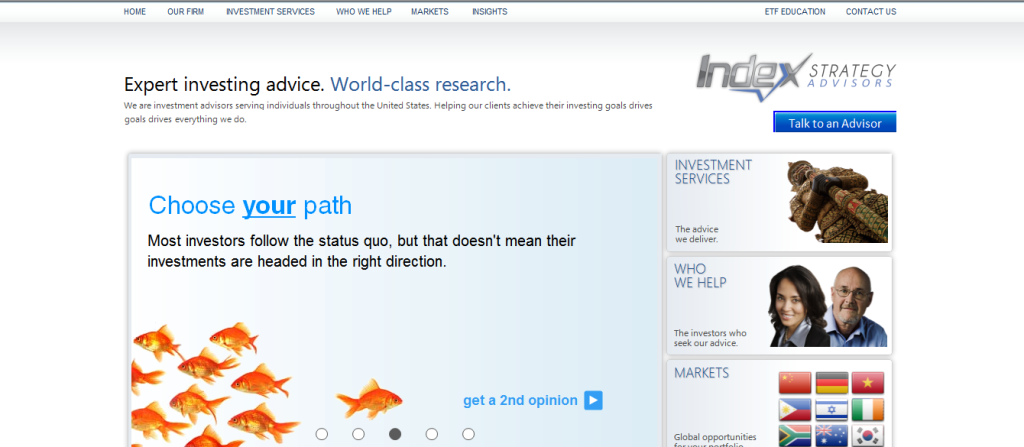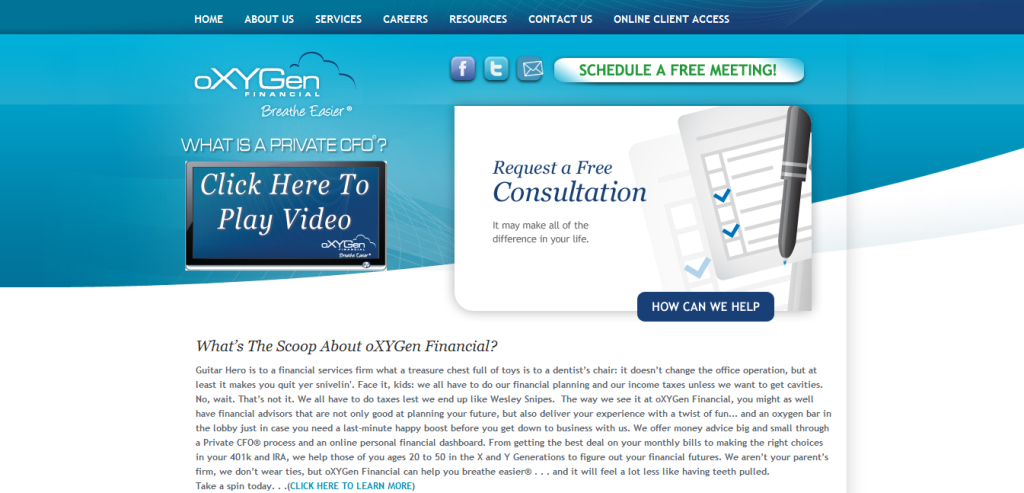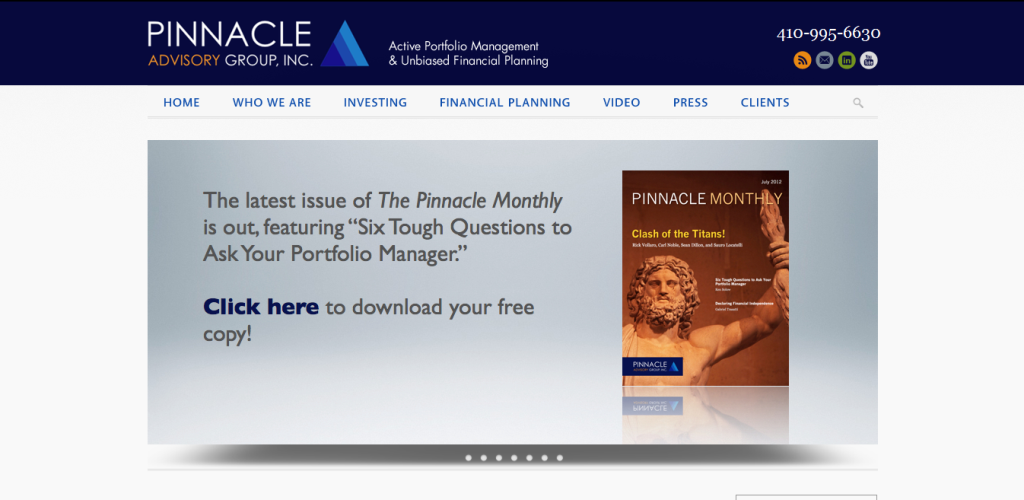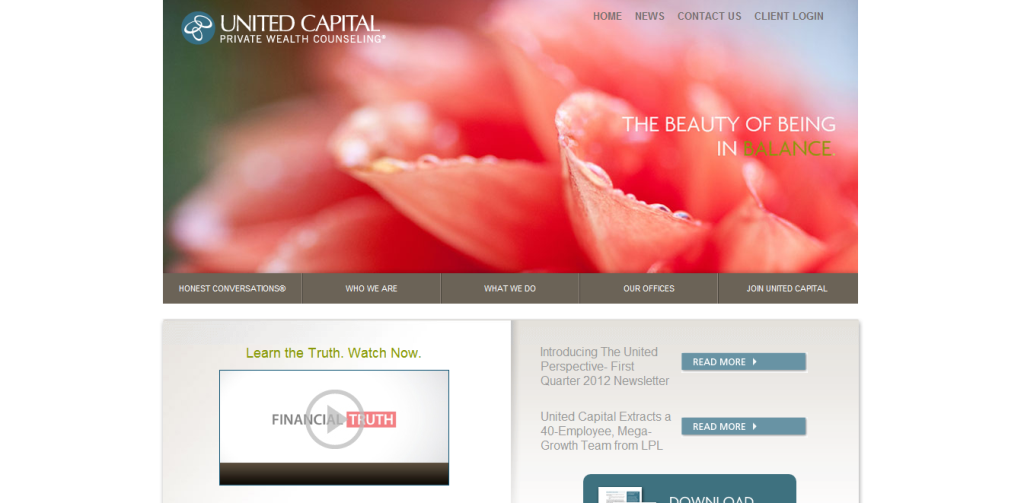The Future of Marketing is a Newsroom Mentality
Investment management marketing is taking forms that were inconceivable a decade ago. For a peek at what some fund firms are doing, I’m delighted to share “The Future of Marketing is a Newsroom Mentality,” with the permission of Ignites Distribution Research, where this article is normally behind a paywall. Since this article was originally reported, OppenheimerFunds appears to have discontinued its posting to Forbes BrandVoice.
The Future of Marketing is a Newsroom Mentality
By Jesse Mark, Senior Research Analyst, Ignites Distribution Research
Brand marketing is in a stage of transformation. For more than a decade, it focused on “owned” media, or content in a controlled space like a firm’s website. That’s where a company was able to selectively produce and publish content and make it available to website visitors. But paid and earned media are both emerging as increasingly important.
Paid media has long been synonymous with advertising, paying for media space to promote a company’s products or services. But that’s changed. Fund management firms are increasingly turning to media outlets as a platform to promote their branded content. For example, as reported in Ignites, John Hancock and OppenheimerFunds now write and publish stories on Forbes BrandVoice, a platform that allows companies to pay for space to promote content directly on Forbes (See an example here.) This isn’t traditional advertising. This is high-quality branded content that lets firms use Forbes’ digital audience to connect with readers. Fund firms like Hancock and OppenheimerFunds use Forbes to reach customers through storytelling and financial education – somewhat akin to Hancock having its own “channel” on Forbes.com.
And beyond paid media, fund firms are increasingly looking at earned media. iShares is one of the leaders in the earned media arena. iShares’ content is picked up by the Associated Press and SeekingAlpha, as well as distributed widely on social media. iShares calculated that the reach achieved through content that was newsworthy (and tweet-worthy, etc.) would have cost $12.4 million in traditional advertising spend in 2012 according to Eileen Loustau, global director of digital marketing at iShares/BlackRock. More recent statistics are likely closer to $18 million given the growth of readership.
As branded content is becoming the modus operandi within leading marketing organizations, firms will now need to balance the opportunities of owned media, paid media, and earned media. Many firms outside our industry are already adept at utilizing the power of content. RedBull, the energy drink provider, has created an in-house newsroom labeled RedBull Media House, which produces youth culture-oriented content for the web, social media, film, tablets, print, music, and TV. At RedBull, marketing isn’t a department: it pervades everything the company does. Content creation and dissemination are now one of the firm’s core competencies. The Media House not only creates immense editorial value for RedBull’s brand, but it also strives to be profitable in its own right by syndicating content and selling distribution rights to partners (e.g. the RedBull FlugTag competition is broadcast on television).
We aren’t recommending all firms necessarily build a newsroom. That’s prohibitively expensive and difficult to execute for even the largest firms, and especially for fund firms that lack a media background. But fund management firms can benefit from engaging with clients who increasingly need to be pulled into the conversation with timely, creative, and highly interactive content. In other words, fund firms need to move beyond content marketing to brand journalism and take on a newsroom mentality.
What’s a newsroom mentality? It can take many forms, from the microsites on Forbes BrandVoice to the many fund firms whose staff follow big market developments with real-time tweets and blog posts. At heart, it’s the acknowledgement that editorial talent, the ability to curate content from other thought leaders, and the need to invest in operational support and infrastructure are necessary for the firm to be successful in the realm of owned, paid, and earned media.

